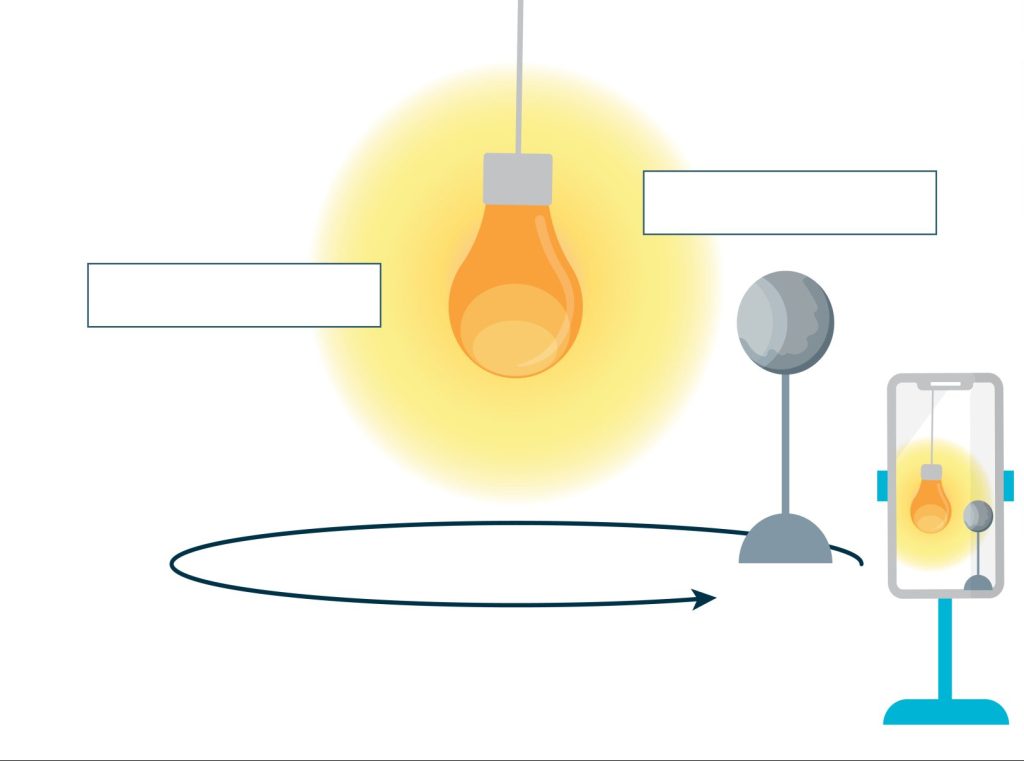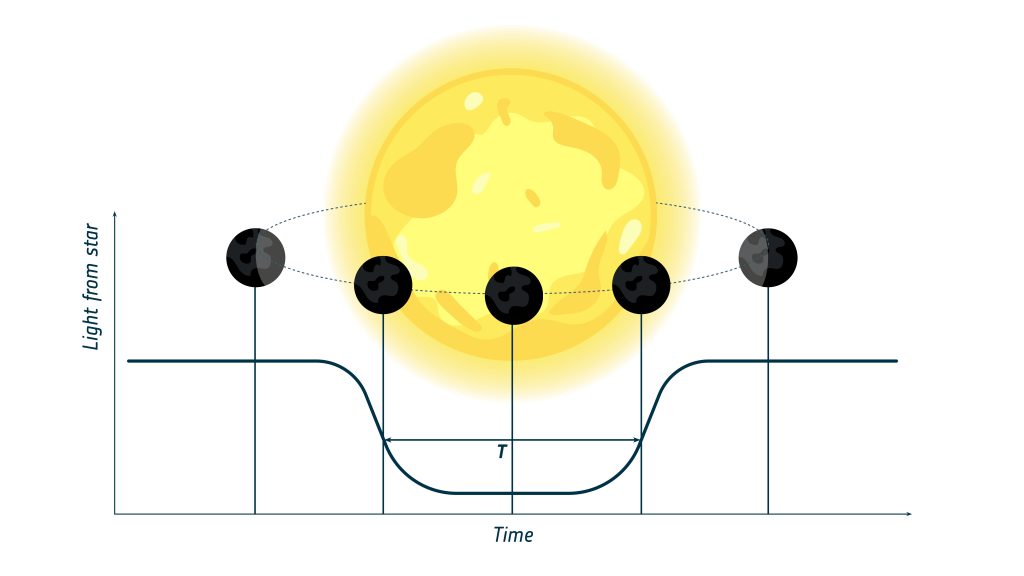Classroom Resource – Exoplanets in a Box – Modelling exoplanet transits

Brief description: During these activities, students will work in small groups to model the transit of an exoplanet in front of its host star using an ‘exoplanet in a box’, and plot a light curve for this transit. Students will develop their own experiment: they will decide which variables to measure, what parameters to keep […]
Classroom Resource – Exoplanets in Motion – Building your own exoplanetary system

Brief description: In this set of activities, students will learn how scientists study exoplanets with satellites like Cheops (CHaracterising ExOPlanet Satellite), using the transit method. Students will build their own model exoplanetary system, then observe and interpret model light curves. Assembly instructions for three different transit models are provided: turntable (simple), rover (intermediate) and 3D […]
Classroom Resource – Exoplanets in Transit – Characterising exoplanetary systems

Brief description: In this set of activities students will learn how scientists study exoplanets with telescopes, using the transit method. Students will characterise exoplanets using model and real satellite light curves data from ESA’s satellite Cheops (CHaracterising ExOPlanet Satellite). They will practice data plotting and interpretation, and scaling of graphs in the context of exoplanet […]

